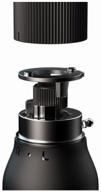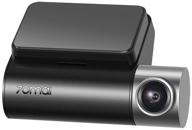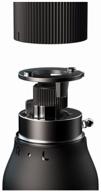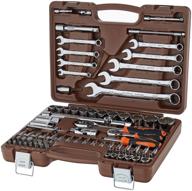
Review on 🔋 WZRELB 40A MPPT Solar Charge Controller: Adjustable Battery Charger for Gel, Sealed, Flooded, and Lithium Batteries with LED Display - 48V 24V 12V Auto Parameter by Bart Schwalbe

Make the most of your available PV
WZRELB provided me this MPPT solar controller for testing in a remote outbuilding. This supports a 5000/10,000W pure sine wave inverter with a pair of Group 29 deep cycle lead-acid batteries. Due to the tree canopy in summer, direct sunlight is paramount, installing a solar panel with a less efficient PWM controller would be required a waste of time. You won't be able to get enough power out of the panel in partial shade, and you won't be able to maximize power output in direct sunlight. I currently have a Renogy 100W panel installed (more may be added later) facing S/SW at a 12 degree angle, optimized for the summer months as tree cover is at its highest during this time. The exit on the pictures is early April, the sun exposure is low and the optimal angle is 28 degrees. This becomes important when you look at some of the numbers received by the device. Since I don't use energy every day, my batteries have enough time to recover. First, it's a solid block. A heavy metal body, a built-in fan on the top and judging by the photos provided by the manufacturer, there is no effort to overload the inside. This is not an air conditioned environment so this can be beneficial in the long run. There are two keyhole mounts on the top back of the box. To access additional mounting points, you must remove the outer case. Because of the size and mounting, this device is probably best suited for a stationary application versus a mobile application like an RV when you don't have a lot of space and can't rotate it with the display facing you. There is no Bluetooth interface, but an RS485 connection. Since all the features are accessible from the panel and the menus are pretty easy to navigate, I doubt I'll ever use it. There is also a programmable load output. The screws for the connection terminals are located behind the type plate. They are also essential; I used all 10 AWG wire and I'm sure you could use a heavier gauge. The LCD screen is backlit, but it's best to look straight ahead. The user manual is actually a 25-page booklet, illustrated and easy to understand. All parameters are adjustable. Another screen (not shown) shows the temperature of the controller and the temperature of the battery, a sensor is provided for the latter. Even though they're only 3 feet apart, there's always a temperature difference, which the device internally compensates for. The controller is equipped with a 15A input circuit breaker and a 30A output circuit breaker, but also has internal fuses. Loading takes a few seconds on power up, historical data is available by scrolling through the menu. The screenshot in this test shows the main screen (the backlight is turned on by pressing the menu key) on a sunny day under the conditions described above. It's showing 68.2 watts and 5.19 amps, although I've seen a record high of 71 watts and 5.51 amps. The optimum current output for the panel is only 5.72 amps, and it's pretty impressive at this time of year worth getting close to. 100 watts are impossible in my latitude. Since this is a 40 amp controller I could add five or six more panels if I wanted to. I purposely drained the batteries, knowing that the MPPT will use most of the energy to restore them, and it did. I will test this in a couple of weeks and see if the controller can support batteries with one panel or needs another. An MPPT and a panel typically generate as much power as a PWM and two panels. Given that fact and the results I'm seeing, I'm not sure I need this. A NOTICE. I was planning to include photos of the main screen, installation, manual, etc., but Revain doesn't currently allow photo uploads. I'll add them later if possible.
- practical item
- quality
New products
Comments (0)
Top products in 🔋 Jump Starters, Battery Chargers & Portable Power
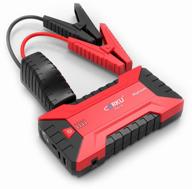
CARKU Pro-10 black/red

91 Review

Xiaomi 70mai Jump Starter Midrive PS01

120 Review
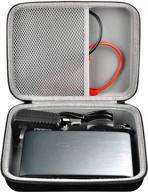
Case Compatible With Halo Bolt Portable Car Battery Jump Starter 58830/44400/57720 MWh Charger. Power Bank Holder For Halo Power Station 100/For AC Outlet.(Not Fits For Halo Bolt Air, Box Only)

24 Review
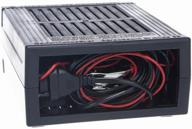
Charger Vympel 57 black

110 Review


